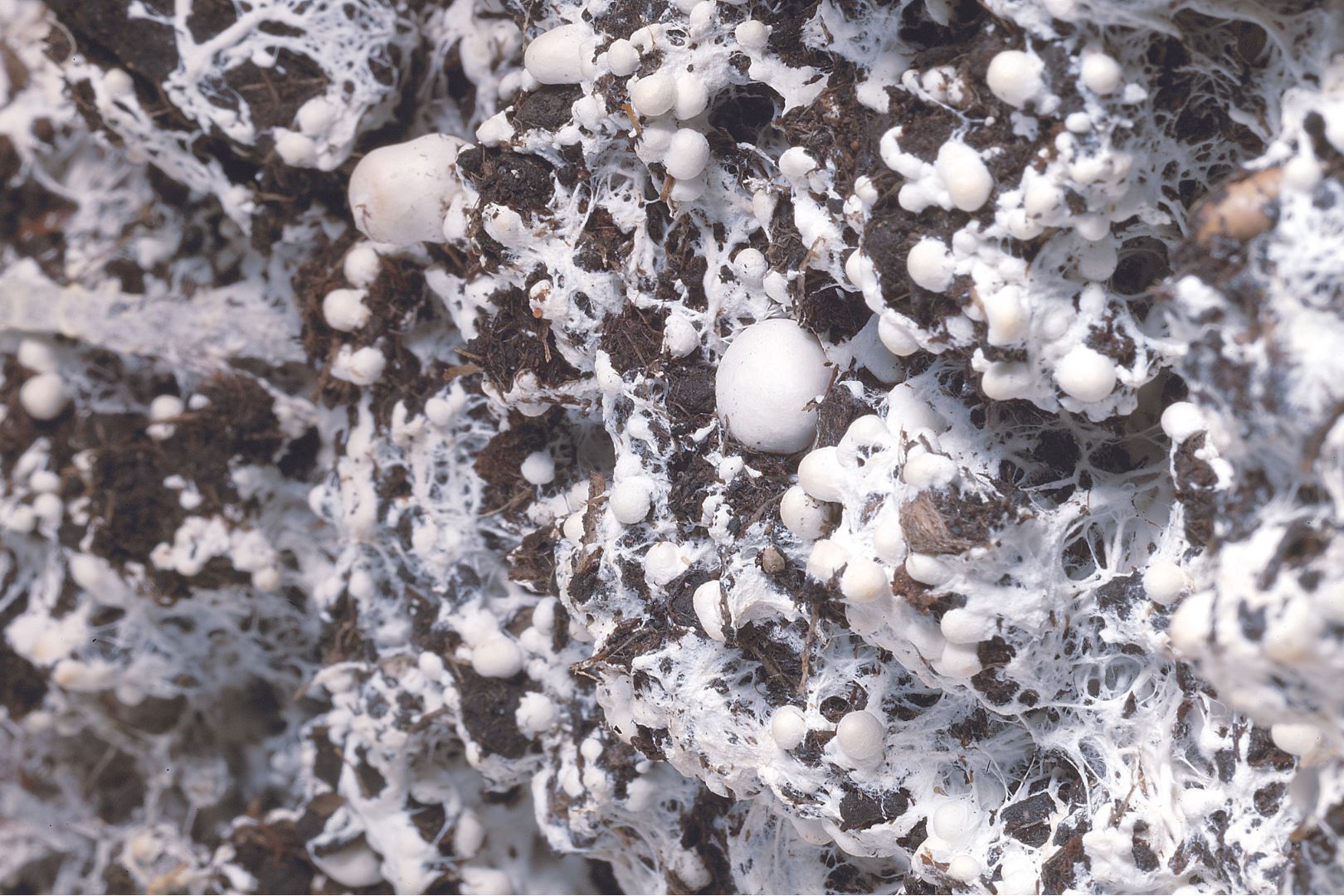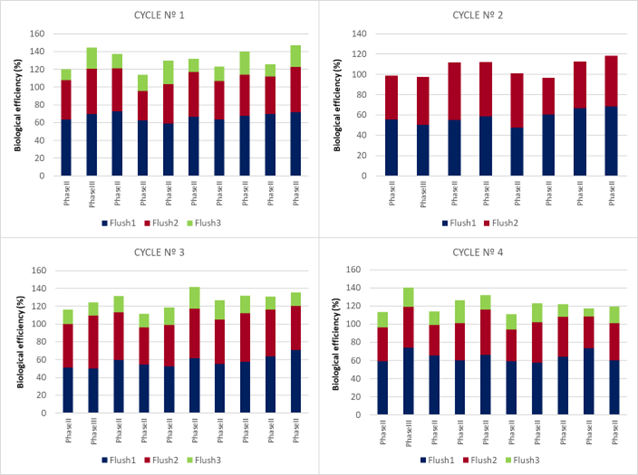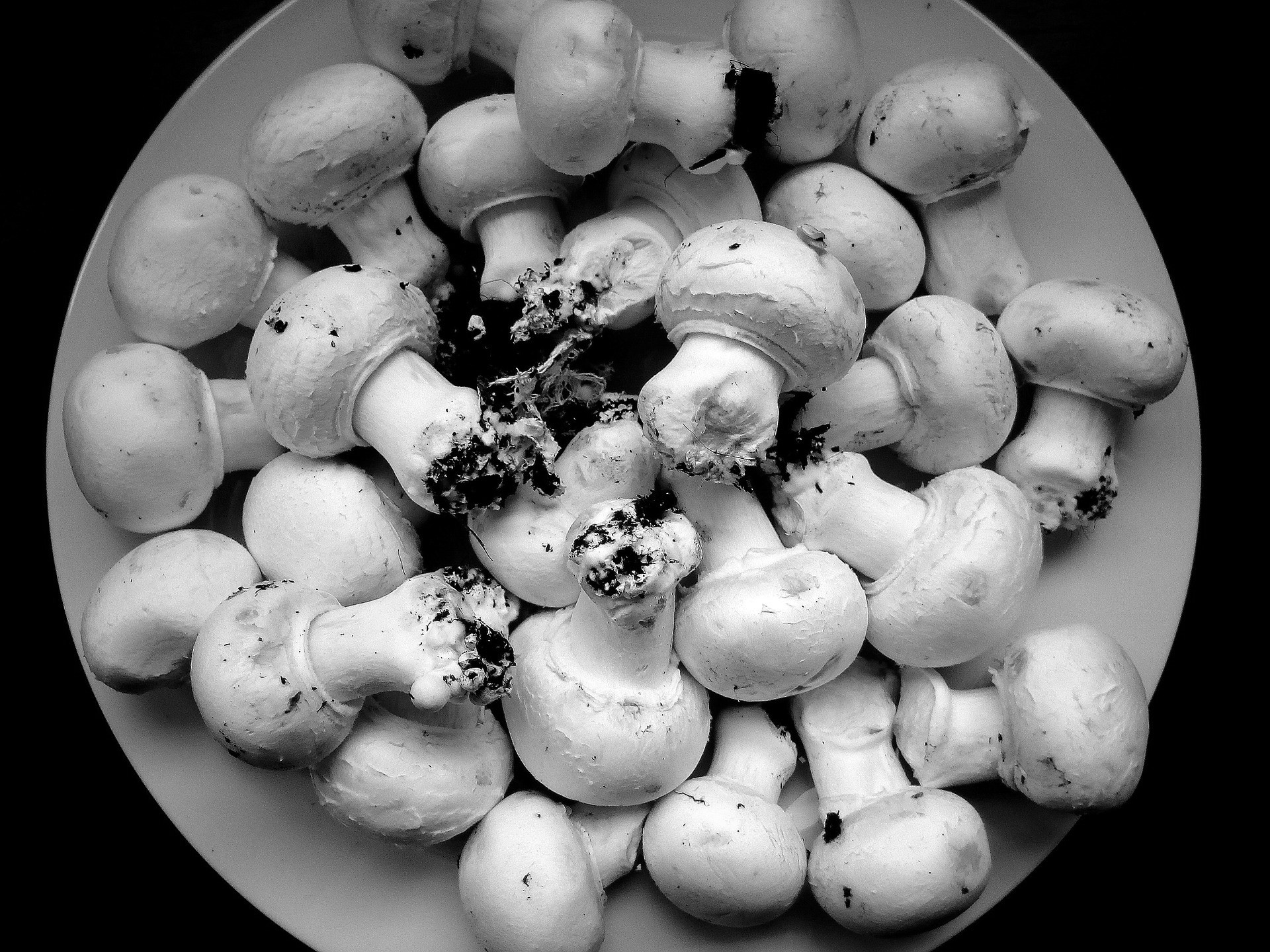
Phase II and III comparison in mushroom crops
Mushrooms are heterotrophic and saprophytic organisms that feed on dead or degraded plant material and cannot synthesize their own nutrients. Supplying optimal food is one of the challenges of the cultivated mushroom sector.
The importance of compost
Mushroom growth requires the existence of adequate nutrients that can be used by the hyphae of the mycelium. They need a substrate from which to extract organic nutrients. This substrate is commonly known as compost. This compost must be as selective as possible, that is, it allows the development of the mushroom that is intended to be grown but no other competing fungi.
This compost is the result of the mixture of raw materials moistened and fermented by the action of periodic oxygenation until reaching the optimal state in terms of texture, structure, microbial activity and other parameters of interest.

The composting process
In the case of Agaricus bisporus, composting is the development of a solid-state fermentation process in which important physico-chemical, biochemical and microbiological changes take place on the starting materials with the aim of obtaining a substrate in which the growth of mushroom mycelium is promoted by preventing the growth of competing microorganisms. The composting process is determined by a combination of time and temperature. The mycelium is inoculated and develops, invading the entire compost. Once this happens, fruiting will occur, the mushroom will grow and be harvested.
Once the raw materials are mixed, aerobic fermentation occurs. The result of this process is what is known as “Phase I compost”. Phase I is a transformation process in which the initial mixture of easily attackable and difficult to attack carbohydrates is transformed, by the action of microorganisms and chemical reactions, into a mixture with many difficult to attack and few easily attackable carbohydrates, which provides greater selectivity.
The raw materials used in to make mushroom compost in Spain are: water, cereal straw (wheat), an organic nitrogen source (chicken manure), nitrogen correctors (ammonium nitrate or urea) and minerals (gypsum).
Pasteurization, conditioning and incubation of compost
The next phase (Phase II) is based on the pasteurization and conditioning of the compost. The selectivity obtained during this stage derives from the elimination of simple carbohydrates that can serve as nutrients for the mesophilic flora competing with the mushroom mycelium. After obtaining the Phase II compost, spawning is carried out with the utmost hygiene in order to avoid contamination.
At this stage, the substrate can be taken directly to crop (Phase II Culture) or mass incubation can be carried out. In this case the compost is incubated in a tunnel in the compost plant under controlled conditions. In this way, the entire mass is controlled under optimal conditions during incubation. This compost is known as Phase III compost. This process requires high quality Phase I and Phase II compost and temperature control during cultivation.

During many campaigns, several cultivation cycles with Phase II and Phase III compost have been carried out at CTICH. In terms of productivity, no major differences have been observed between phase II and Phase III compost.
The advantages of using phase III compost are that it improves the quality of the mushrooms, reduces the risk of diseases, and increases the number of growing cycles that can be carried out throughout the year.
About CTICH
BIOSCHAMP is coordinated by one of the Spanish Association of Mushroom Growers (ASOCHAMP) which hosts the Research Center of Mushroom (CTICH).
Click here if you would like to know more about CTICH.
Within the BIOSCHAMP project, CTICH coordinates the work package 4 (Validation), focused on the conduction of commercial-scale trials in three button mushroom cultivation systems in Spain, Poland, the Netherlands and Serbia.
Learn more about the project partners of the BIOSCHAMP project and their work here:




